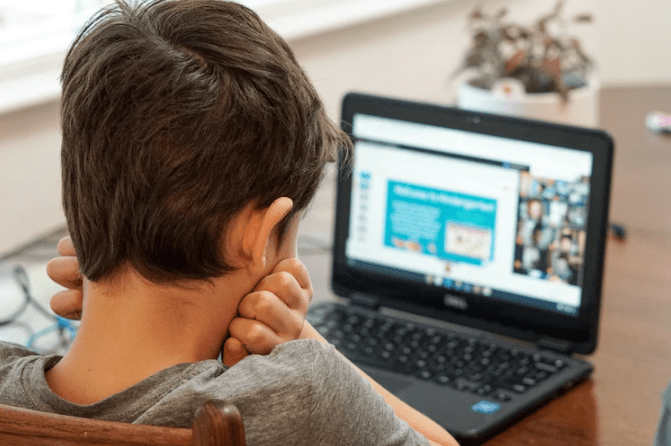If you’re a homeschooling parent, or are wishing to become one, chances are you have come across minimalist homeschooling. You are also looking at the historical and current landscape of American education and trying to figure out the best options for you and your family.
Does it mean lesser requirements? Lesser learning resources? Less time for studying and more time for recreational activities?
In this article, we will discuss the ins and outs of minimalist homeschooling, as well as some reasons as to why you should consider trying it out to your child.
What is minimalist homeschooling?
Many parents shift to minimalist homeschooling for the sole purpose that the over-planned, overbought curriculum is more stressful than they anticipated it to be. In the era of burnout, homeschooling can be a factor that pushes an overworked parent over the edge.
And as we all know, the last thing that parents want is to add another source of headache to their already busy lifestyles. However, there are many families that love homeschooling because of the flexibility it offers and the control it gives them to mold their child’s learning journey.
However, homeschooling doesn’t necessarily mean less stress. With a trope of resources, learning protocols, and requirements to be followed, homeschooling can become more stressful than an exciting experience for the parents and their children.
This is where minimalist homeschooling comes in. Like its name suggests, it applies the principles of minimalism to a child’s homeschool environment. It only prioritizes the important things and makes no room for distractions, external pressure, clutter, and other unnecessary stuff that will only inhibit a child’s learning experience.
Minimalist homeschooling also encourages parents to forget all the preconceived notions of what schooling should be. Instead, they are pushed to pursue a healthy learning environment that makes their children the happiest and most comfortable pursuing their dreams and goals in life.
The benefits of minimalist homeschooling
There’s no doubt that minimalist homeschooling meant less stress, overwhelm, and chaos. It allows you and your child to focus on the important things while not leaving your child’s educational goals at the back burner.
Minimalist homeschooling is flexible, too. It doesn’t warrant you to follow a set of rules. The lessons, curriculum, activities, subjects, and all that is associated with your child’s educational journey will all be aligned in your values and goals.
And it only means one thing—greater inner peace and less bumps and bruises along the way. It’s not entirely a smooth-sailing journey, because you are still bound to face a few hurdles along the way.
How to practice minimalist homeschooling?
List your long-term goals
Take time to ponder on your long-term goals. Your goals will help you stay in your lane whenever you feel lost or overwhelmed. List the things that you want to prioritize. It may be enhancing your child’s focus, helping him engage more in sport, and whatnot.
Borrow resources
Many parents struggle with homeschooling, particularly because of the lack of resources available. So, this is a sign to remind you of public libraries and lending programs. There are a lot of programs and facilities that are willing to lend you tools, resources, and books you need. That way, you can also save money!
Make use of what you have
Minimalist homeschooling, or minimalism in its essence, urges you to work with what you currently have in possession. Stick to staple items that spark joy. If your child has specific favorite toys, you may use them as learning tools. If you’re creating an art lesson, make use of your spare papers and tools. Repurpose what you can, and make the most out of it.
Create a schedule
Homeschooled children are not bound to the traditional learning structures that help them prepare for the “real world.” If your child is learning in the comfort of your home, whip up a strict schedule that should be followed by your child so you can teach him the value of time.
Engage in extracurriculars
Homeschooling means enjoying the fun life has to offer too! Not all things can be taught inside the four corners of your home. If your child loves math lessons, find a local after-school math club where they can hone their solving skills with other kids! If you find your child weak in a certain subject, say, for instance, science, you can also enroll him in a science club. Maybe learning with other kids will motivate him to learn and do better.
Minimize homeworks
An important facet of minimalism is giving your child time and space to enjoy life, and that means a more relaxed schedule. Try to keep homeworks to a minimum so that he can have ample time for his interests.
Connect with other homeschooled children
We all know that not all skills are learned inside our homes. So, make sure to have your child make friends with other homeschooled children. This will help increase your child’s social skills and confidence overtime. These kids and yours are going the same journey, and it is a great way to meet like-minded parents too!

